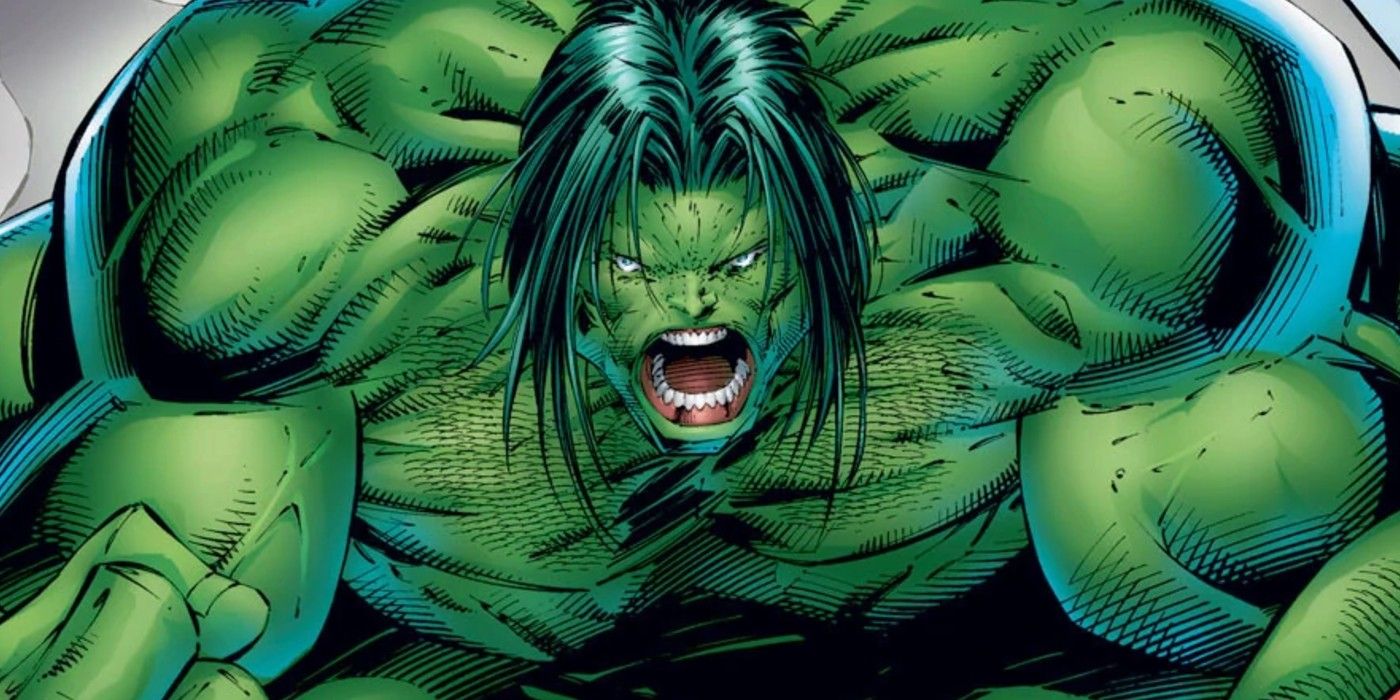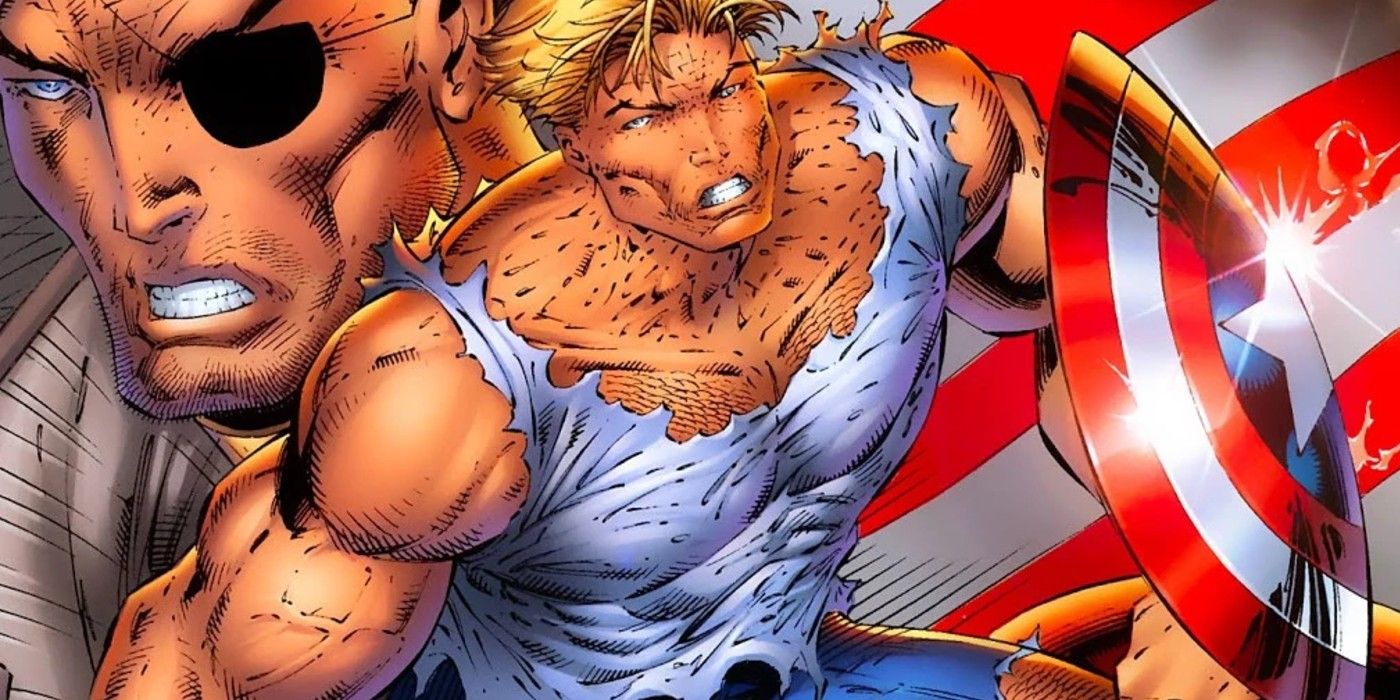
Nostalgia runs on a 25-year cycle. With the 2000s nostalgiac for the 1970s and 1980s, it only makes sense that the media landscape is now being dominated by nostalgia for the 1990s. Though this can lead to people rediscovering media that shaped their childhoods, it can also lead to the uncomfortable realization that some of that media has aged worse than milk. Unfortunately, Marvel has yet to learn that lesson, as their new event Heroes Reborn borrows its title from an event so bad that it nearly killed the House of Ideas.
In the late 1990s, Marvel was in the middle of an identity crisis. While the various X-Men related books and all of the Spider-Man titles were keeping the company afloat, many of Marvel's classic characters weren't doing nearly so well. It may be hard to believe in an era where Avengers: Endgame grossed $2.5 billion, but before the advent of the MCU, the Avengers were relatively unknown outside of die-hard comic fans, meaning that characters like Captain America and Iron Man consistently sold under Marvel's expectations despite critical praise. To solve this, Marvel took a page from DC and rebooted the universe with a new event titled Heroes Reborn. Unfortunately, Heroes Reborn was no Crisis On Infinite Earths.
Overseen by popular artists Jim Lee and Rob Liefeld, the event sprung out of the aftermath of Marvel's previous event, Onslaught. That event saw the fusion of Professor X and Magneto, Onslaught, kill classic heroes. Distraught over the loss, Franklin Richards created a pocket dimension where none of the heroes had died. This led to some changes that made sense, such as having Ben Grimm be a pilot in the Gulf War instead of World War II, and some that didn't, such as Captain America completely forgetting his own origin story. Cap in particular was a sticking point for many fans, as this new version of the character was far more violent and edgy than Steve Rogers ever used to be. It would be charitable to say the event's writing was a mixed bag, but the same can't be said for the artwork.
Indulging in the worst excesses of the 1990s, the artwork for Heroes Reborn was universally loathed. Every hero was muscled up until even Captain America could pass for the Hulk. Art is subjective, and that style of comic art was undeniably popular at the time. However, the problem was that it didn't fit the characters. The Fantastic Four just don't work with the excessive pouches and belts that Heroes Reborn made them wear. It's trying to fit the Fantastic Four into an X-Men shaped hole.

Though the event led to a short boost in sales for Marvel, it was a bubble. The event may have been erased after only a year, but the damage was done. Readers lost faith in Marvel and the company that created some of the biggest characters in the world was forced to sell off the movie rights to their characters. It's this reason that Marvel didn't actually own the film rights to X-Men or Spider-Man until recently.
The execution of Heroes Reborn was undeniably flawed, but it did have more than a few ideas worth salvaging. Many of Marvel's heroes had their origins tied to wars that would make them far older than they appeared, so rebooting them wasn't inherently terrible. Arguably the spiritual sequel to Heroes Reborn was the ambitious Ultimate Universe. While that also had its problems, it was far more successful than its predecessor and even led to the creation of characters that are still relevant today, like Miles Morales. All current appearances point to Marvel's new Heroes Reborn event having nothing to do with the first one, which is good, because the first event should never be allowed out of the era which spawned it.
from ScreenRant - Feed https://ift.tt/3ufTXLf

0 Comments